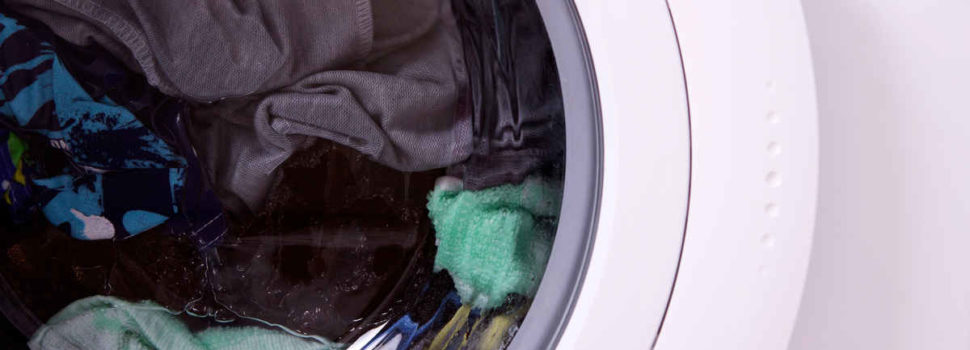
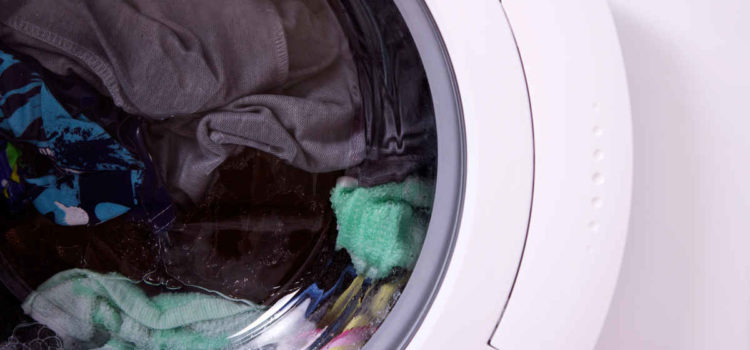
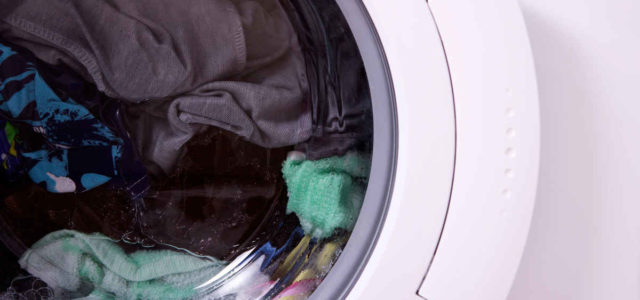
For the most part, all machines look the same – big white (or coloured) boxes with a bunch of controls and that distinct circular glass door.
However, the reality is that there are many different types of washing machines. If you’re in the market for a new washing machine you might be inclined to go with the same model and type of your previous appliance. But, taking a few minutes to view all of the different types of washing machine available could be to your advantage.
Outside of the humble, and effective, front-loading washing machines you’ll find quite a few variations. Some can literraly be hidden in cupboard to give your kitchen a seamless look, whilst others can be semi-integrated and others top-loaded to save space.
Here are the basic types that we think are worth knowing about:
1 Freestanding Washing Machines
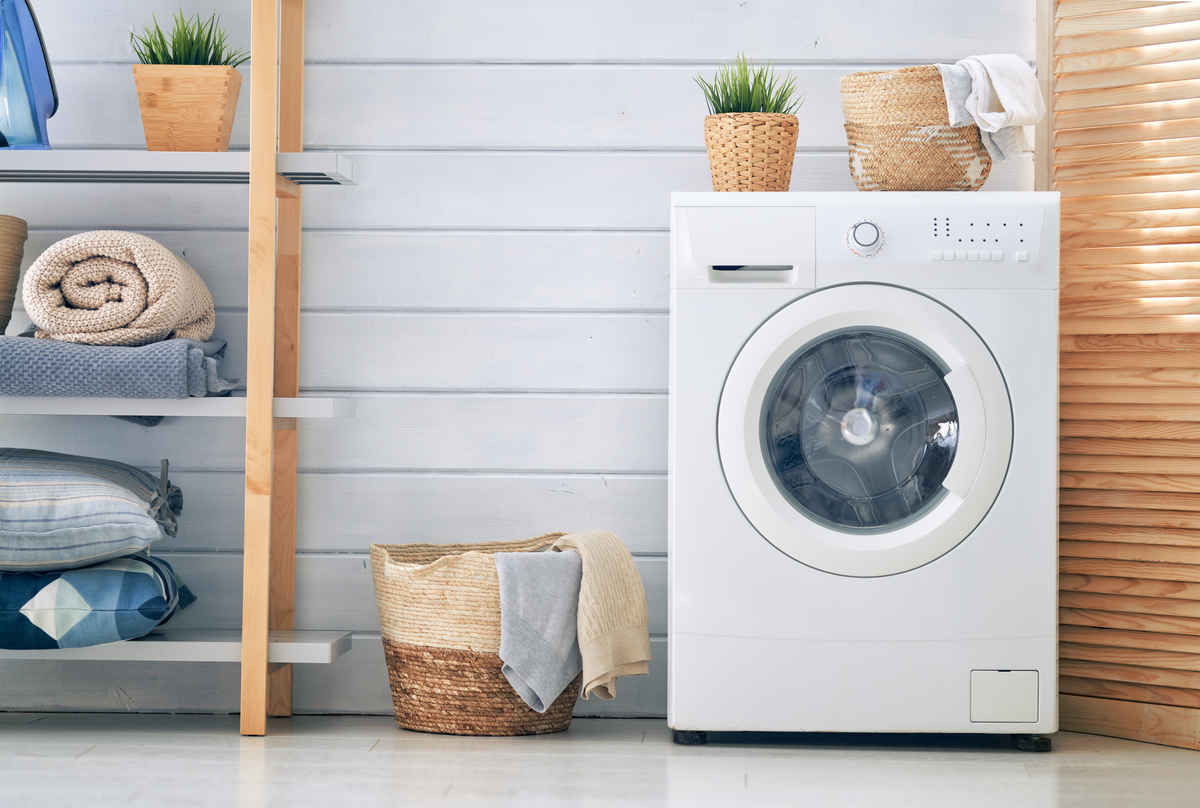
A freestanding washing machine is usually the top pick for most people. You can place and use this machine anywhere in the house, provided it is plugged into an electric socket and connected to a drain. Another plus is that it is easy to find a freestanding washing machine that meets all your needs. This type of appliance comes in all manner of sizes, colours, and offers the widest range of features.
2 Integrated Washing Machines
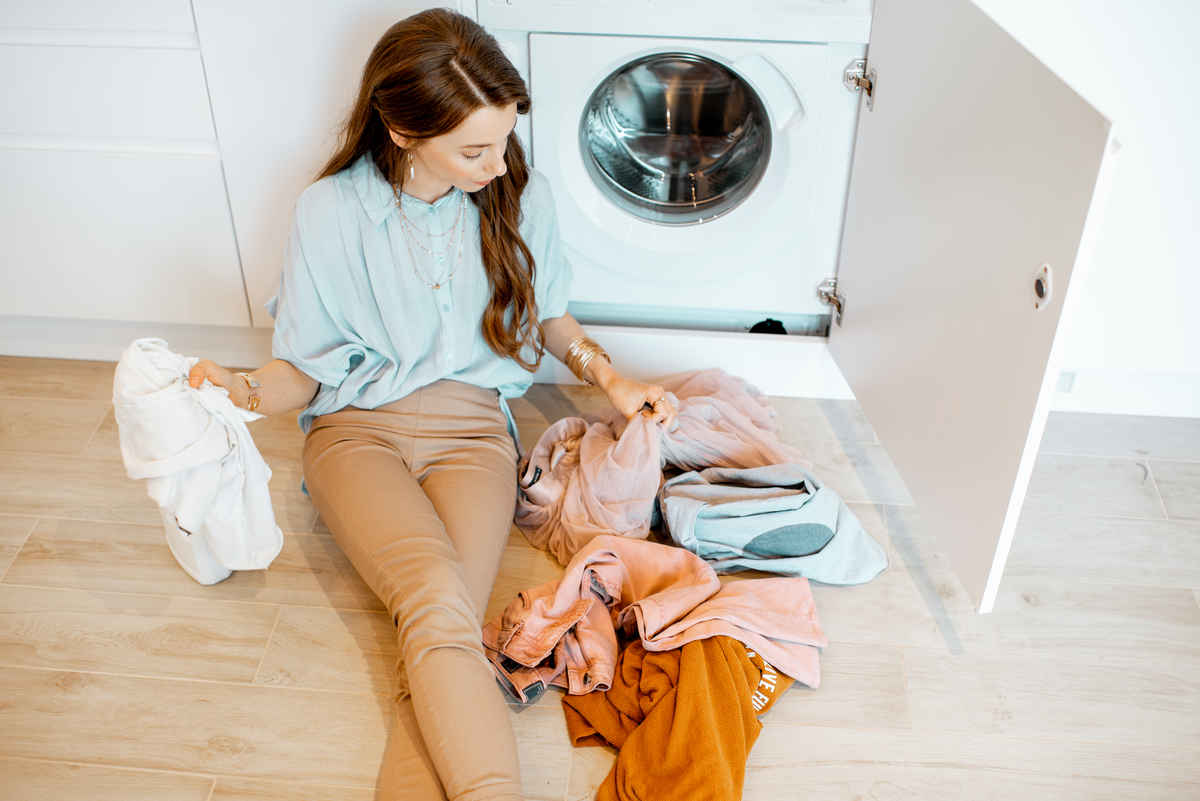
If a built-in kitchen will be the home of your new machine, the integrated version is arguably the best fit. Unlike the freestanding model, integrated washing machines cannot stand alone. These appliances require support from kitchen units that sit behind a cupboard door. For this reason, it is rare to find integrated appliances being used outside the kitchen. They also remain out of sight and operate more quietly than the freestanding machines.
3 Semi-Integrated
The semi-integrated washing machine is actually a sub-category of the integrated model. Like its counterpart, it goes inside the cupboard. The only difference is that the semi-integrated machine leaves its top part hanging above kitchen furniture to give you easy access to controls. Unfortunately, semi-integrated washers are not so readily available.
4 Top Load
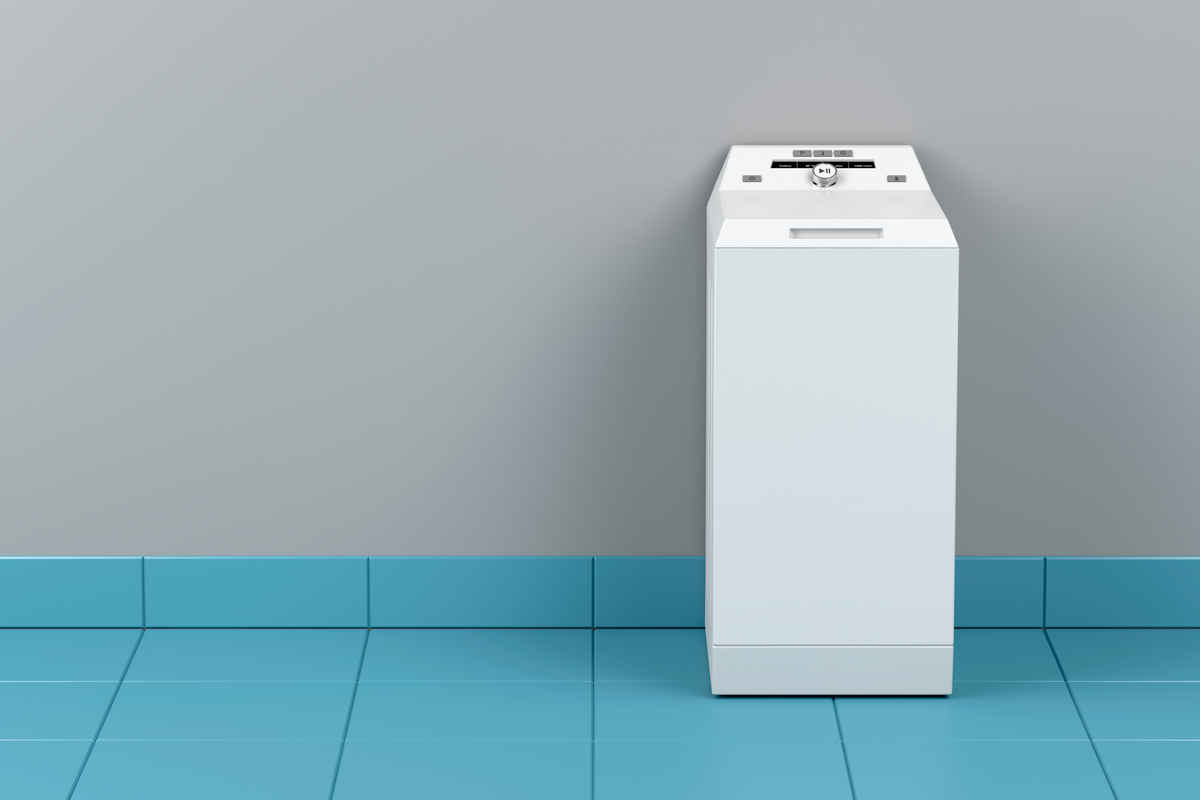
If you have back issues that get aggravated by bending, a top load washing machine is worth considering. This type gets its name from the fact that loading happens directly into the top. A cover sits on top of the washing machine to make easy work of loading and unloading clothes. A basic top load machine offers plenty of benefits. It can feature a compact design that will take up little space, fast wash times, a minimal vibration that results in quiet operation, and the freedom to add clothes after a washing cycle has already started.
Some top load appliances feature an agitator – a huge funnel-shaped, screw-like device at the centre of the machine’s drum, which runs from the base all the way to the top. The agitator spins and rubs clothes together during a washing cycle. While this is great at dealing with dirty or stained clothes, it is usually rough on delicate fabrics.
5 Front Load
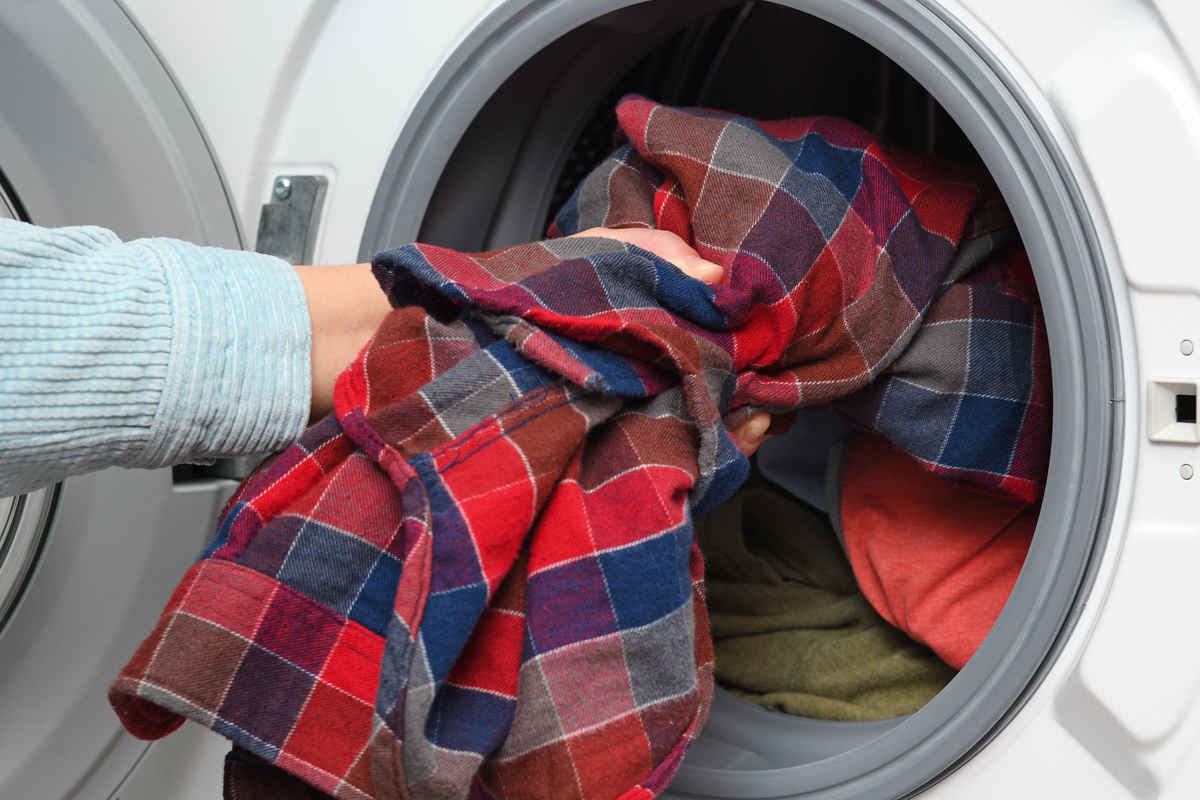
Loaded through a door (usually circular) at the front of the machine, the front load model is the most popular washing machine type in the UK. The main draw of the front load washing machine is that it delivers the best cleaning results.
The machine operates through a tumbling action where it picks up clothes and repeatedly drops them into the wash water. This action uses gravity to wash clothes making front loaders gentle on clothes but very effective at removing stains. The tumbling action also lends front load machines the ability to use little water since you do not need to submerge clothes in water at all times like in the case of top load appliances.
What’s more, front load machines tend to extract more water from clothes during a spin cycle thereby ensuring shorter dry times. Front load machines are also known to use less detergent and electricity compared to other types. Another benefit is that you can stack these with a tumble dryer. So, if you are short on space, this is ideal laundry appliance. The best part is that you do not have to worry about the dryer blocking access to the washing machines loading door. You will; however, need to buy a stacking kit to ensure both machines remain securely in place in the face of vibrations.
6 Washer And Dryer Combo
Most washing machines only wash and rinse, forcing you to invest in a separate dryer or hang your clothes to dry. A washer and dryer combo; however, saves you the trouble as it does everything in one go.
Also known as ‘fully automatic’, this washing machine type only has a single tub that acts as the washer, rinser, and drier. Automatic machines also draw just the right amount of water and detergent needed into the tub automatically. These machines can come as freestanding, top, or front load appliances. Therefore, you can buy an automatic washing machine in whatever design you like.
7 Semi-Automatic
Semi-automatic washing machines come in a variety of designs with the only commonality being that they require manual operation at some point. For some, this includes adding water and detergent yourself. Other semi-automatic washing machines feature 2 tubs – one for washing & rinsing and the other for drying. With such machines, you first drop your dirty laundry into the washer/rinsing tub, wait for the cleaning cycle to end, then remove the clothes by hand and transfer them into the dryer tub.





